
Greetings and salutations beloved friends. Today's blog is a tribute to two fellow covers - Shen and her poem Tiger Tiger, Ken and his insight of three commentary on Sophie Scarlette's blog.
This analysis is my third Romantic Poet named William; there's a symmetry to it that can't be denied. A little note — this is the year of the Tiger (2022).
Also, a shout out to Rob Edwards, Nicole Marie, and Marc Brimble for their contribution — their thoughtful commentary, and valuable insight in analyzing Shen's work.
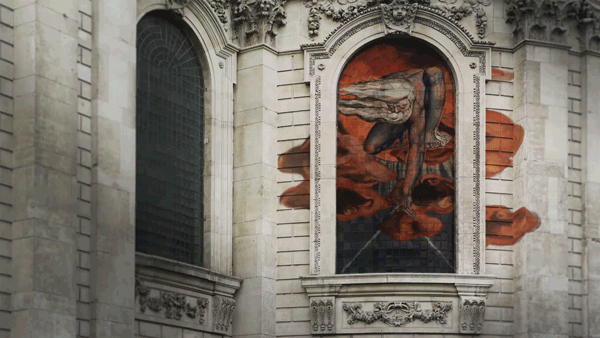
Tyger Tyger is a 1794 poem written by William Blake. Tyger Tyger belongs to Songs of Innocence and Experience.
This collection is a demonstration of Blake's fierce commitment to ethics and morals so prevalent in Romanticism of the time. It's also a great example of the use of juxtaposition in poetry.

William Blake's (1757-1827) renown was not realized during his life. Today his work is regarded as groundbreaking, prescient, and seminal.
Blake was a poet, painter, engraver, printmaker, and brainstormer. His progressive views endeavored to reach the most fragile on this earth. In particular the plight of vulnerable children.
Table of Contents

Demanding the Imagination
Before I begin:
I want to know what is it to craft known reality from one's imagination?
To see not as others perceive but from the raw potential of one's mind?
Blake's inventiveness poured as a floodlight- unlatched, unhindered, unapologetic.
The Tyger holds a space inhabited by the identity of an intangible being.
This revelation of ethereal nothingness is created through interrogation.
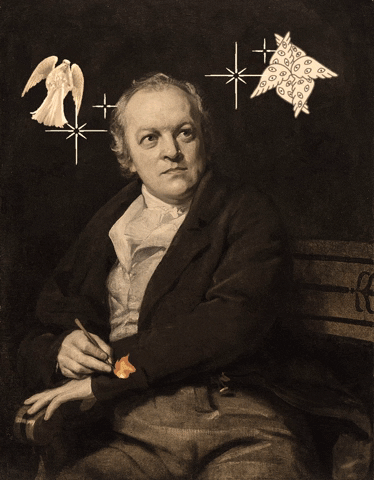
As a child, I read this poem and I remember being completely confused as to the being Blake was confronting.
The image illustrated (by Blake) in my mind ran like multicoloured paint.
The paint kept taking direction through its own questing capacity.
You see, the questions drove the piece. The questions gave it life.
The questions bore many more questions and this is- as to the true nature of the Tyger's makeup.
The questions gave it autonomy.

Contending For Visibility
The narrator's voice is heard in the inner mind of the reader.
Listen when you read The Tyger. Hear how it competes for form.
In questioning "What the hand, dare seize the fire" (Line Eight)-
What then the voice dare question the hand?
Blake grapples with the concept of creation in both the Tyger and The Lamb.
The invisible force at work is what Blake is hoping to reveal.
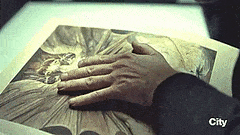
Blake describes the Tyger, by not describing the Tyger. He describes an interplay of terrible and invisible artifacts.
These things work in harmony toward the birth of this monstrosity.
Indeed the Tyger would not be if not for wings, deep skies, shoulder, hammer, etc.

Why is creation so important to Blake?
Why do these particular themes of creation impact generations of readers?
The theme of The Tyger relentlessly searches for the true form of evil.
This is the metaphysical dimension of the poem.
Metaphysics is a division of philosophy that works to decipher the true form of space, time, identity, and being.
"Fearful symmetry" (Line four) symmetry implies that the structure although terror-inspiring is sound.
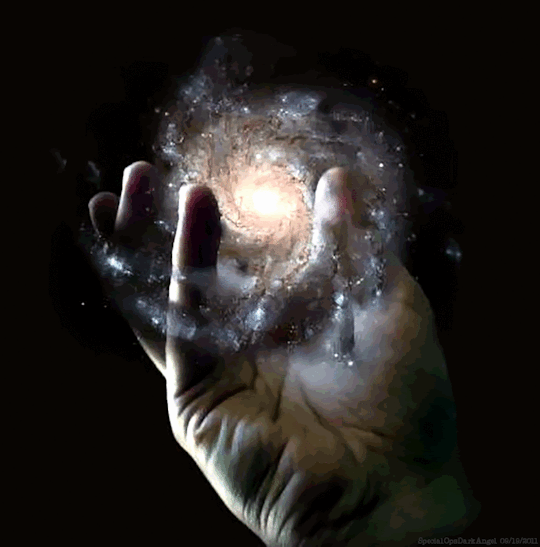
Blake concedes the corporeal integrity of the Tyger.
Existence and with it- entitlements- these are undeniable to this incredible creature.
Blake employs metaphors to allow the metaphysical to manifest.
The essence belonging to the form of the Tyger is beast-like. However, Blake is not speaking of an actual Tyger. He uses a Tyger to explore the nature of evil.

Analyzing the Poetic Form of the Tyger
This poem has a genuine impact in its basic style.
The poem is comprised of six quatrains each with four-line stanzas.
Each stanza has two rhyming couplets- AABB.
Chiefly, the poem is structured on trochaic tetrameter catalectic- that is the meter is developed around four trochees.
Trochees are the opposite of iambs. The stress falls on the first syllable.
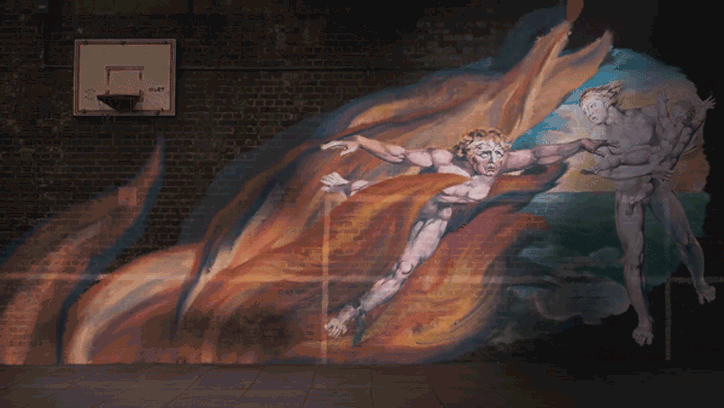
Whereas iambic pentameter is a rising rhythm, trochees are a falling rhythm.
This is a masterful application of poetic form- to highlight the meaning and intent behind the Tyger.

The metric form is low-key, yet commanding.
Catalectic- this is found often throughout the poem. It's a metric tool in poetry that dictates the last syllable of the line is incomplete- is silent.
(Just like the silent skill of the Tyger's walk)
The inherent falling quality heard in the poem renews the reader's faith.
The theme of faith in the inevitable truth that belongs to a specific division of things.
Is Blake implying that some things are simply born evil?
Or do interplay and symmetry find form in relation to the other? The opposite?
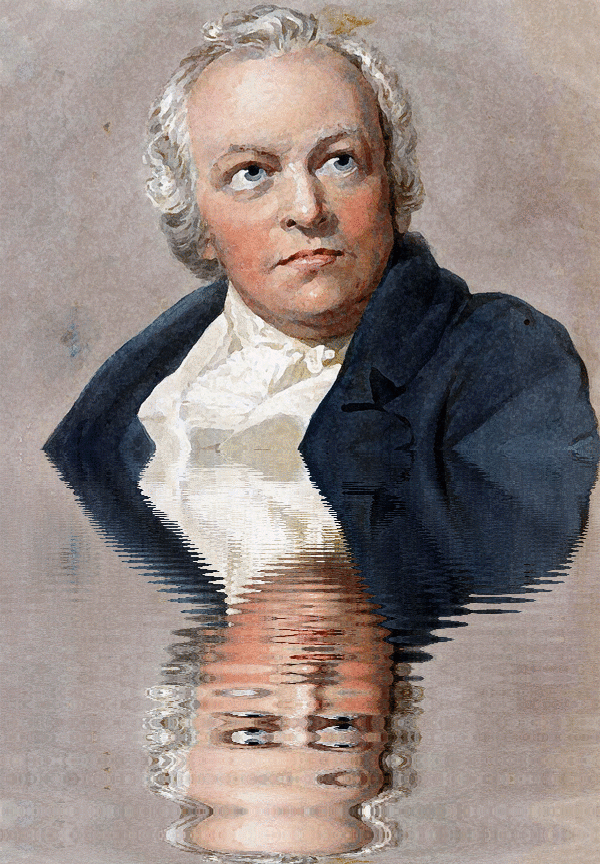
The falling rhythm is secured in the second last stanza.
After a ceaseless climb of steady realization, the narrator finally acknowledges individual players in the Tyger's development.
The stars- burning fiercely, burning brightly, pierce heaven with their armory.
The star's nature is akin to the Tygers - they war - almost as if war is all they know.
The price of the throwdown is pools and pools of tears, enough to water the heavens.

"Did he who make the Lamb make thee?" (Line 20)
Another question but of an entirely different nature.
Knowing the qualities of both Tyger and Lamb- it's difficult to imagine the one belonging to the other under the same roof.
This question is the second last question and it is probably the most important.
It stresses that Blake's metaphysical search has only just begun.
The theme of faith spoken earlier in this analysis takes on deeper meaning as to the inevitability belonging to distinct beings.

Little Lamb- Mirror Mirror
The Tyger is a sister poem to Little Lamb. Little Lamb is a counterpart of The Tyger/ The Tyger is Little Lambs shadow piece.
Little Lamb is almost artless in its innocence and ingenuousness.
However, the answer to all those questions are found in- I'll tell thee.
Purity and innocence provoke the narrator to stop his otherwise unyielding, tumultuous search for truth.
A vulnerable thing has the right to know its maker. Its maker is venerable in its vulnerability.
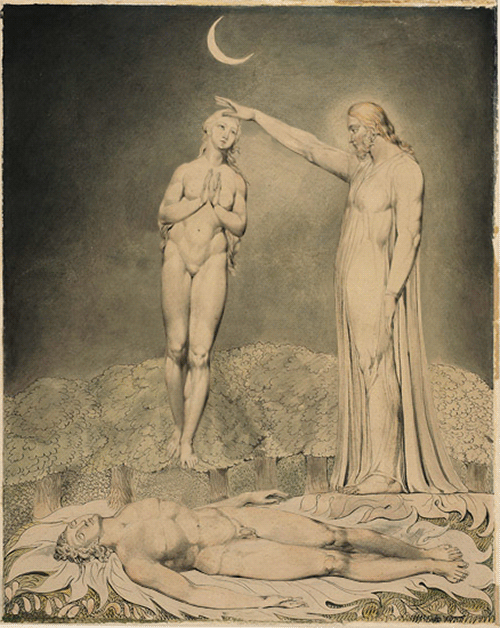
And still, the Lamb has power in truth and in creation.
The juxtaposition of good and evil in the Songs of Innocence and Experience, endeavors toward resolve.
Blake implies, that surely the Lamb and the Tyger are from the same design.
"Did he smile his work to see?" (Line 19). I feel that Blake's Lamb lends forgiveness to the Tyger.
Readers, what do you think? Are the Tyger and the lamb cut from the same cloth.
Or are they strikingly different and will forever be in conflict? Let me know in the comment section below.

References
Elizabeth Maria Przybylski Deatrick- The Honours College- Lively Green and Desart Wild: Nature and the Human Imagination in William Blake’s Songs of Innocence and of Experience
